Laowa has never been afraid to take chances! In many ways the Laowa 100mm F2.8 2x APO Macro is the most conventional of their lenses that I’ve reviewed, and even it has some unique attributes. Venus Optics launched their Laowa brand with some unconventional macro lenses and have continue to tackle projects outside the scope of mainstream lens development. This includes unique wide angle lenses wider than most competitors and even a unique probe lens unlike anything I’ve seen before. The Laowa 100M macro combines an apochromatic (APO) optical design (typically seen on very expensive lenses) with a 2x macro ratio of 2:1 rather than 1:1 life size. This means that while most macro lenses can only achieve this level of magnification:
…the 100M can achieve this level of magnification:
Obviously this is very useful party trick, and for those that want to achieve higher than average levels of magnification, the Laowa 100M is going to be very, very intriguing. This is the first telephoto macro lens with this degree of magnification.
Follow Me @ Patreon | My Newsletter | Instagram | Facebook | Twitter | Flickr | 500px
The Laowa 100M is also a step towards the mainstream, too, as this is the first Laowa lens to move from a fully manual lens to a more sophisticated “hybrid” lens akin to what Zeiss has long produced (at least on the Canon front). It features an electromagnetic auto aperture iris and electronic contacts (full EXIF information is communicated to camera) though it remains a manual-focus only lens (the Nikon and Sony mount versions have a traditional manual aperture ring). On the macro front, this isn’t a big deal, as most macro photographers prefer to manually focus from a tripod, though one will likely find it more limiting when trying to use the lens for general purpose photography. Combine all this with a very reasonable price (under $500 US dollars), and you’ve got a very intriguing recipe. Do the lens live up to the hype? Read on to find out!
I’ve used a Canon 5D Mark IV (I’m testing an EF mount version) for this test, but I’ve also used the 100M on the Sony a7RIII via the Sigma MC-11 mount converter and will share some images from each platform as a part of this review. Prefer to watch your reviews? You can see my video review below:
Laowa 100M 2x Build and Handling
Laowa lenses have always been nicely made with full metal construction. That trend continues here, with the lens made entirely of metal and glass. They’ve done a good job of balancing the weight, however, as the lens weighs in at a moderate 1.4 lb (638g) despite the heavy grade construction. I unfortunately put that construction to the test, as the lens attached a camera flipped out of a camera bag that wasn’t properly closed and fell several feet onto a concrete surface. The included filter (more on that in the moment) shattered, but once I removed it, the lens remained in like new condition both cosmetically and functionally. I can attest that it is well made!
You can discover more about the build and design in this video:
Yes, a UV filter is part of the design. The 100M is quite long and slender (DxL 2.83 x 4.92″ / 72 x 125 mm), and that is because the focus travel is quite extensive and Laowa elected to keep all of that movement of the elements within the housing of the lens barrel. At infinity the front element is quite recessed (about three inches):
At minimum focus, however, the front element moves all the way to near the end of the lens barrel:
To help protect this front element and to keep dust from getting into the lens barrel, Laowa includes a filter with the 100M. There is also a lens hood (plastic), but at minimum focus distance you probably won’t want to use it for the simple reason that minimum focus distance is 9.72″ (24.7cm). With the lens hood in place and measuring from the sensor on my Canon 5D Mark IV test body to the front of the lens hood, I came up with 9″. That means your subject would be overwhelmingly shaded by the lens hood, and so I have removed it for doing my close macro work, making the protection filter all the more important.
It’s worth noting that the laws of physics dictate that light transmission at close focus distances diminishes (effective aperture changes), and that’s even more obvious with the additional magnification of the Laowa 100M. Put simply, the image will get darker when you focus closer.
As noted, the Canon EF version has an electromagnetic aperture iris, meaning that there is a CPU in the lens that controls the aperture. You access those controls through the camera body (like the majority of lenses), which means that options like automatic modes (where the camera controls the aperture) are available for the first time. There is no aperture ring, which leaves a great expanse of smooth lens barrel than typical. It’s worth noting that Laowa does sell a tripod collar for the lens (they only charge $30 for it), though I suspect the moderate size and weight of the lens mean that most photographers will find it unnecessary.
There is a wide manual focus ring that is finely ribbed. It moves smoothly and is nicely damped (though with a slight “pumping” action on both ends of the focus throw). It is here that my only real handling concern emerges.
The focus throw/travel is only about 155-160 degrees. That’s fine if this were just an 100mm medium telephoto, but a macro lens introduces many more focus possibilities than a standard lens, and a 2:1 macro even more. In fact, about 35 degrees of that focus throw is between 1:1 and 2:1, and roughly 85 degrees is devoted to 1:2 (0.50x) to 2:1 (2.0x) macro. That means that roughly 54% of the focus throw distance happens covers from 25-40cm, or a total distance of about 15cm (6 inches). That means that 46% of the focus throw covers every other possibility from 40cm to infinity. By comparison, I own the excellent (and somewhat similar) Voigtländer 65mm F2.8 APO Macro lens that has about 340 degrees of focus throw (more than twice as long) even though it is only a 1:2 macro. The short focus travel on the Laowa 100M makes fine-tuning focus at both macro and portrait distances a little difficult. It’s very easy to move past the focus point and have to work at nailing it. This is further exacerbated by the fact that depth of field is incredibly small at a 2:1 ratio. Look at the comparison from F2.8 to F8 to F11 here:
You are looking at a tiny section of an old Argentinian 1000 peso bill. Even at F11 the DOF is quite small. You will need to do focus stacking if you want much depth of field at this distance, and such a small focus throw makes doing so a little difficult. The handling is mostly fantastic from this lens, but this is a definite issue. You can make major focus changes quickly, but at the cost of more precision in focus. This is the one major thing I wish Laowa had done differently.
There is one interesting design aspect that I’ve never seen before: the aperture blade count varies according to lens mount. On the Sony FE version, the aperture sports a unique 13 blades. On Canon EF, it is a more conventional 9 blades. On Nikon F, it is 7 blades. The aperture on the Canon starts to create a typical nonagonal shape when stopped down a bit (expect the Sony aperture to stay the roundest due to the higher number of blades). The fact that the aperture on the Canon mount I tested is electromagnetically controlled means that you can always focus with the aperture wide open, which does help in dimmer situations.
Outside of my major criticism of the focus travel, this is a very nicely executed lens with a build quality that punches way over its price point over $449 USD. I’d like to see weather sealing, but that might be quibbling. It feels like a much more premium lens than the price suggests.
Laowa 100M 2x Image Quality
Image quality is often an area of strength for an APO (Apochromatic) lens, and that’s true of the 100M. A lens with an Apochromatic design has better correction of chromatic and spherical aberration than the much more common achromat lenses. Put simply, most lenses struggle with the fact that colors don’t always focus at the same distance, which results in green or purple (red) fringing due to the fact that those colors aren’t focusing on the same plane of focus. Whereas most lenses are corrected for two color wavelengths (typically red and blue), an apochromatic lens is able to bring three color wavelengths into focus on the same focus plane. This produces a near absence of chromatic aberrations and allows for higher contrast and a near absence of the veiling (lack of contrast) that produces “soft” images. True apochromatic lenses tend to be very sharp and very contrasty. They also are corrected for spherical aberrations on two wavelengths rather than one. I own two Apochromatic lenses in my personal kit at the moment (the Zeiss Milvus 135mm F2 and the Voigtländer 65mm F2), and I’ve tested a number of other ones.
There is typically only one downside to APO lenses, and that is the intense contrast and lack of chromatic aberrations can have the negative impact of more hard edges in the bokeh (defocused) areas of the image. Some of the best “bokeh lenses” are those with some uncorrected aberrations, which help produce a softer, creamier defocused area. The trend generally remains true here, though this is a lens capable of producing some stunning images. Watch this video to see my image quality breakdown.
I like to benchmark other lenses when I do reviews, and so I turned to two of the EF-mount macro lenses in my kit: the Canon EF 100mm F2.8L Macro IS USM and the Irix 150mm F2.8 Macro. Both of these lenses are only 1:1 Macro (Laowa claims the 100M is the first 2:1 telephoto macro in the world). Laowa has a distinct advantage for those that want greater levels of magnification, and we’ll examine how that plays out.
My standard tests are more at a portrait distance (6-10 feet, typically), and I believe that the Laowa is optimized for closer work than that. At that distance, both the Canon and Irix lenses were marginally sharper in the corner, though all lenses were essentially equally sharp in the center at F2.8. The final image and crop shows in the real world portrait-distance work the Laowa 100M is plenty sharp:
There is some minor pincushion distortion along with some moderate vignette. I could correct these with a -4 in the Distortion slider and values of 48 (Amount) and 34 (Midpoint) in the Lightroom manual corrections sliders.
I didn’t notice a lot of real-world impact from either of these issues. A minor amount of pincushion like this is actually beneficial for portraits, though less if you are shooting something where you want perfectly straight lines.
By F4 all of these lenses are deadly sharp across the frame, with very high levels of contrast (though the Laowa shows a bit less corner contrast):
Unfortunately these tests were conducted after the drop mentioned previously, so it is possible that your copy might be sharper still. I hadn’t run formal tests prior to the drop, but my real-world images don’t really look different before/after the drop. Just for the fun of it, though, here is a real-world F5.6 image along with a crop from the extreme corner, which looks great:
So, who knows? Few people have reviewed this lens, though I noted in Christopher Frost’s review that his corners looked perhaps a hair better than what I saw in my formal tests.
Where the Laowa shines, however, is at macro distances. The Apochromatic design virtually eliminates all aberrations, leaving intense contrast and sharpness. If you look at these comparisons with the excellent Canon lens, you’ll find that the Laowa consistently shows lower amounts of chromatic aberration, more contrast, and more pleasing geometric shapes.
There is also the reality that the Laowa 100M has twice the magnification, which means you can get a LOT closer:
Look at the complete lack of CA on these macro shots of a French Deux Franc piece:
There is so little CA that these almost look like monochrome shots…but they aren’t. If we switch to a little more color with an old American half-dollar coin, we see similar results:
This lens is a real joy for shooting macro images, as it delivers really great results.
That intense contrast also helps create another strength: very punchy, well saturated colors for general purpose shooting. I was often reminded of my beloved Zeiss Milvus 135mm F2 when I looked at images.
This image helps sum things up, combining great color and contrast, excellent detail on the subject, and nice fall-off.
The Laowa 100M thus makes for a nice portrait lens as well, though, as noted before, focus can be a little challenging.
As noted in the introduction of this section, the bokeh is often slightly more busy with such a well-corrected Apochromatic lens, and I believe that’s true here. This image shows both the positives and negatives:
The pros outweigh the cons (the image is beautiful), but you can see from the first crop that the CA correction is essentially perfect in these high-contrast white blossoms while from the second crop you can see that bokeh is perhaps slightly more busy than what I would like (though not in an objectionable way). It doesn’t quite “melt away”.
If you get a little closer to your subject (and have a slightly more distant background), the bokeh is smoother.
In this unique image, I featured an old frying pan I found in the woods full of water. I focused on the reflected trees in the water, and blurred out the rest of the image.
There were some distances where I found the bokeh busier, like this one:
At close focus distances, the bokeh is great:
There is one more significant flaw, however, and that is in flare resistance. The lens does ship with a plastic lens hood (that doesn’t bayonet on as smoothly as what I would like), but the lens is still somewhat flare prone even with it mounted, particularly at wide apertures (F2.8 then F11):
I rarely point telephotos right at the sun, but I did note in everyday shooting that the lens would veil (lose contrast) even with the sun out of the frame:
These images are obviously far less contrasty than those when the sun isn’t in the frame at all:
All in all, however, this lens is an amazing optical performer for the price. It delivers gorgeous images when used to its strength, though nailing focus is slightly more difficult due to the short focus throw. If you would like to see more images, check out my image gallery here.
Conclusion
In conclusion, the Laowa 100mm F2.8 2x APO Macro is a great step forward for Laowa. They’ve successfully embraced more complex lens design (electromagnetic aperture iris) and delivered a highly competitive macro lens at an amazing price. At $449 in the US market, this is a lens with a great price-to-performance ratio and it both undercuts competitors in price and delivers the killer feature of twice as much magnification. The punchy colors and images in general remind me of a lens like the Zeiss Loxia 85mm F2.4. When used to its strengths, images from this lens really pop:
And, as a macro lens, it’s additional degree of magnification allows you to do things that lesser lenses cannot. Look at this series, which starts at 1:2, then 1:1, then 2:1. That’s a very different ability to get close (and these images are without any cropping or zooming).
If we crop into that final image, the detail hidden away on the surface of the coin really emerges.
That’s impressive, and makes the Laowa 100M easily deserving of its inexpensive price tag. It can be a little flare prone, and I definitely wish they had added a little more focus travel into the mix, but neither of those things ruined my enjoyment of the lens. If you can tolerate manual focus, then take a look at the Laowa 100mm F2.8 2x Macro; it will give you images you will cherish.
Pros:
- Excellent build including electronics for the first time
- Apochromatic design at a low price
- Twice the magnification of competing macro lenses
- Good contrast
- Excellent chromatic aberration control
- Colors have great punch
- Great macro performance
Cons:
- Focus travel isn’t long enough for the focus range
- Flare prone
- Bokeh can be slightly busy at certain focus distances
Purchase the Laowa 100mm F2.8 2x Macro @ B&H Photo | Amazon | Amazon Canada | Amazon UK | Amazon Germany | Ebay
Canon EOS 5D Mark IV (5D4): B&H Photo | Amazon.com | Amazon Canada | Amazon UK
Sony a7R III Camera: B&H Photo | Amazon | Amazon.ca | Amazon UK | Ebay
Peak Design Slide Lite: Peak Design Store | B&H Photo | Amazon | Amazon Canada | Amazon UK
Sony a6500: B&H Photo | Amazon | Amazon.ca | Amazon UK | Ebay
Peak Design Leash Strap: Peak Design Store | B&H Photo | Amazon | Amazon Canada | Amazon UK
BenQ SW271 4K Photo Editing Monitor – B&H Photo | Amazon | Amazon.ca | Amazon UK
Adobe Photoshop Creative Cloud 1-Year Subscription
Alien Skin Exposure X4 (Use Code “dustinabbott” to get 10% anything and everything)
Visit Dustin’s Amazon Storefront and see his favorite gear

Purchasing your gear through B&H and these links helps fund this website and keeps the articles coming. You can also make a donation here if you would like. Visit my Amazon page for some of my gear of choice! Thank you for your support.
Great News! I can now offer a 5% discount on all purchases at Amplis Foto, Canada’s Leading Photographic Supplier. Please enter discount code: AMPLIS52018DA in your cart. It is good for everything in your cart, and is stackable with other coupons, too! It will take 5% off your entire order! Proceeds go towards keeping this site going and providing you with new reviews!
Check me out on: My Patreon | Sign Up for My Newsletter | Instagram | Facebook | Twitter | Flickr | 500px | Google+ |
Use Code “DUSTINHDR” to get $10 off ($15 CDN) any Skylum product: Luminar, Aurora, or AirMagic
Keywords: laowa 100mm, laowa 100 macro, laowa 2x macro, laowa, 100mm, F2.8, 2.8 Macro, 2X Macro, 2:1 Macro, APO, Apochromatic, Laowa 100mm Macro Review, Laowa 100 2x Macro Review, Review, Dustin Abbott, Portrait, Canon 5D Mark IV, Sony a7RIII, Sharpness, Resolution, Bokeh, Video Test, Sample Images, Real World


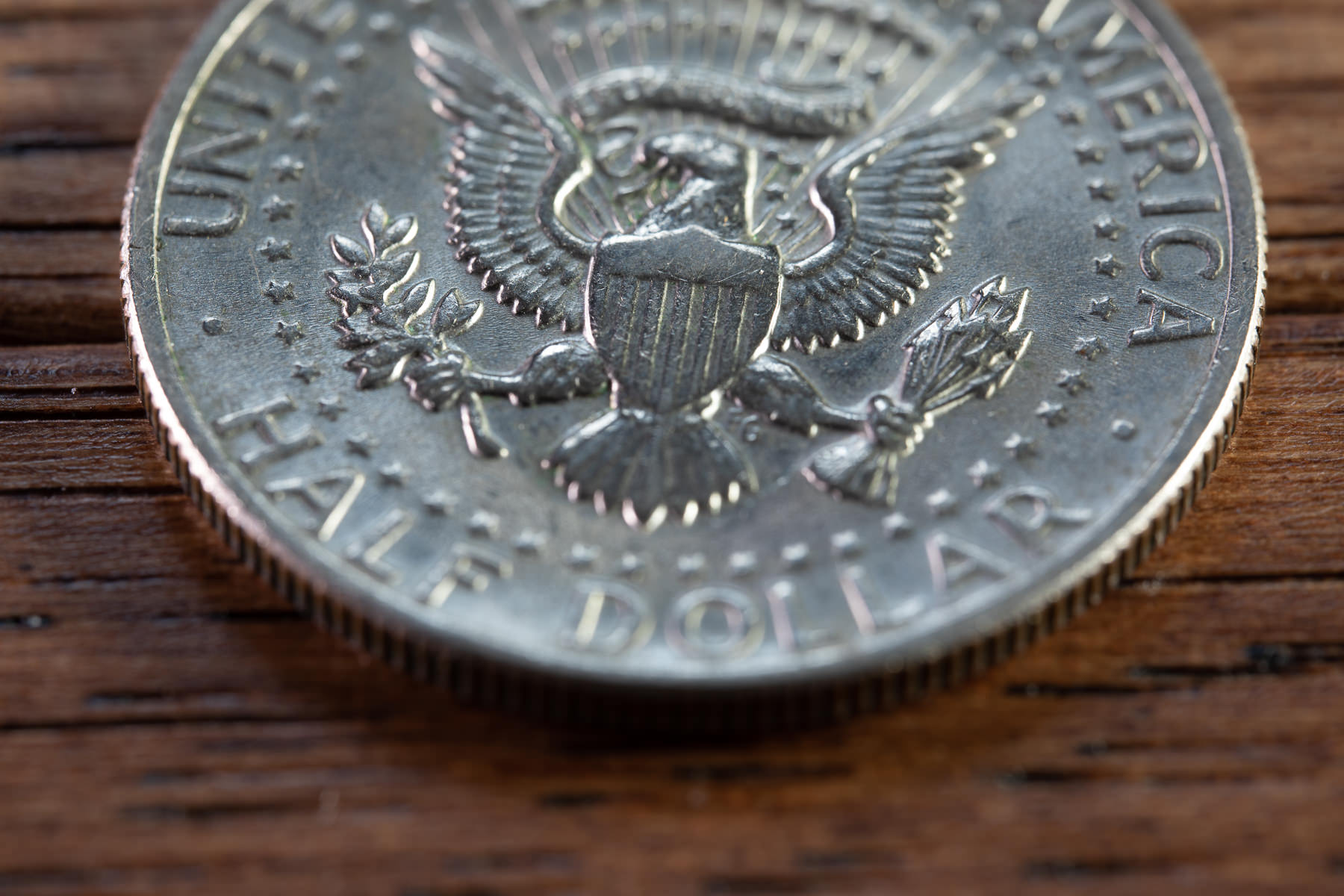
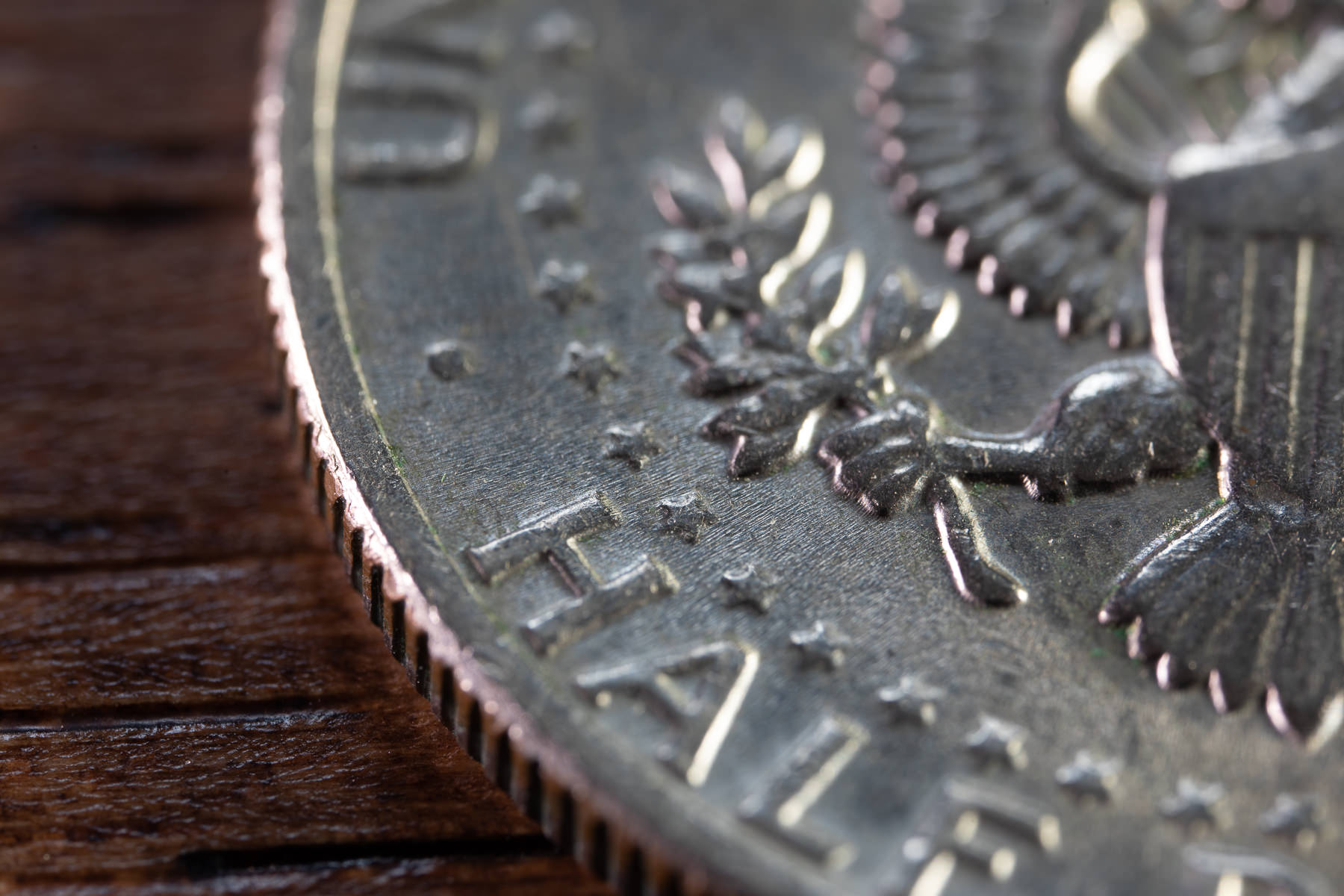
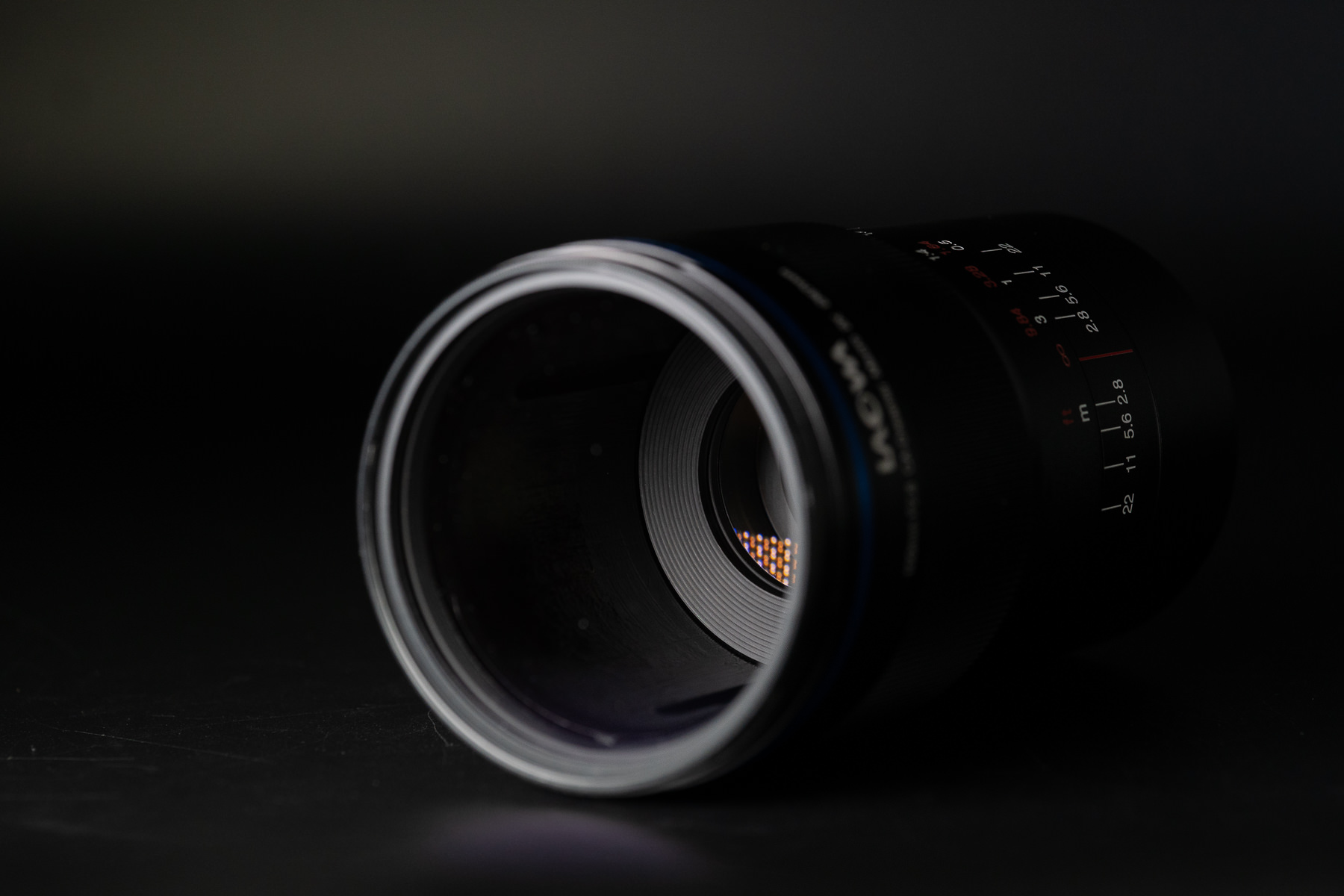
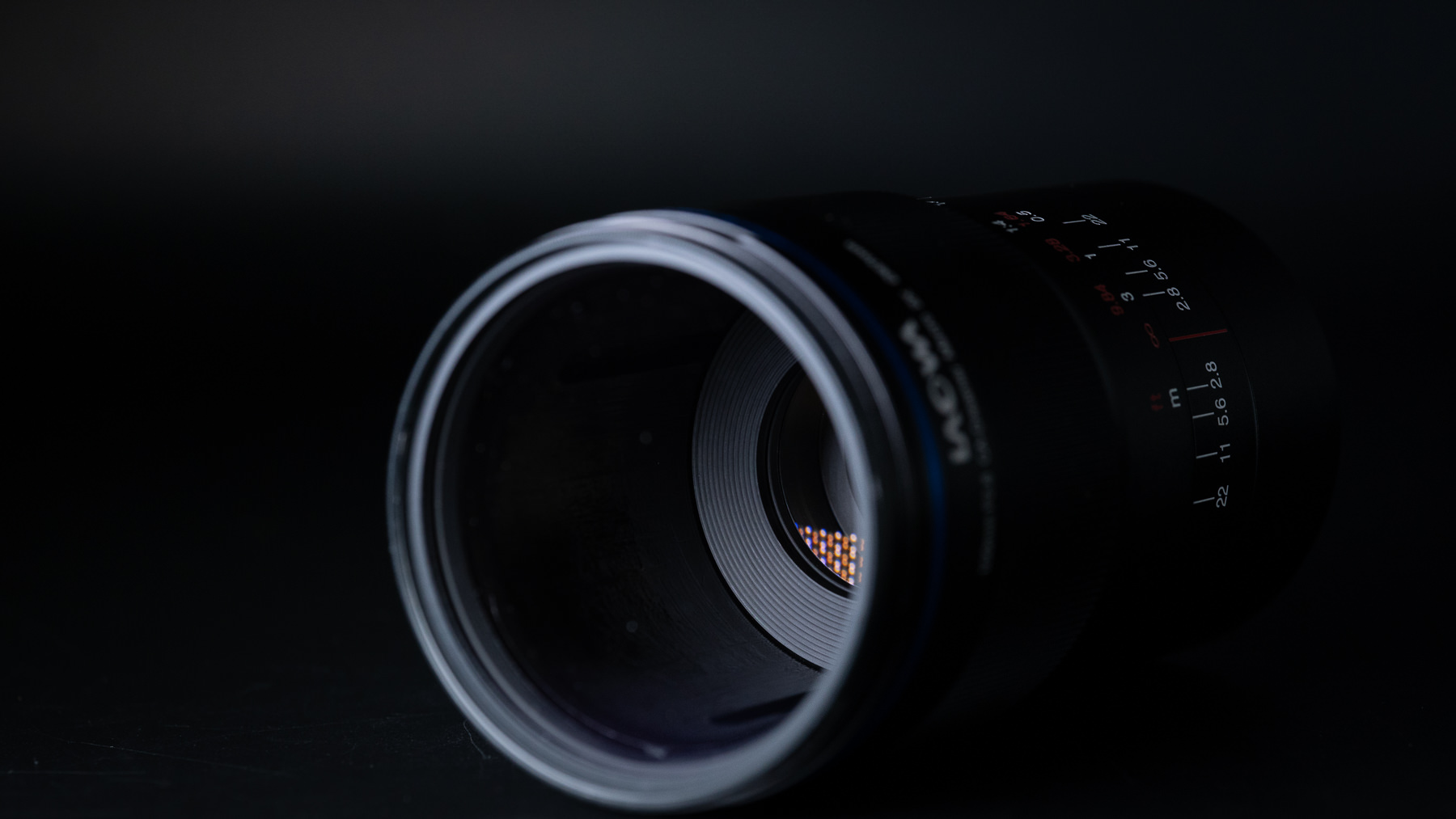
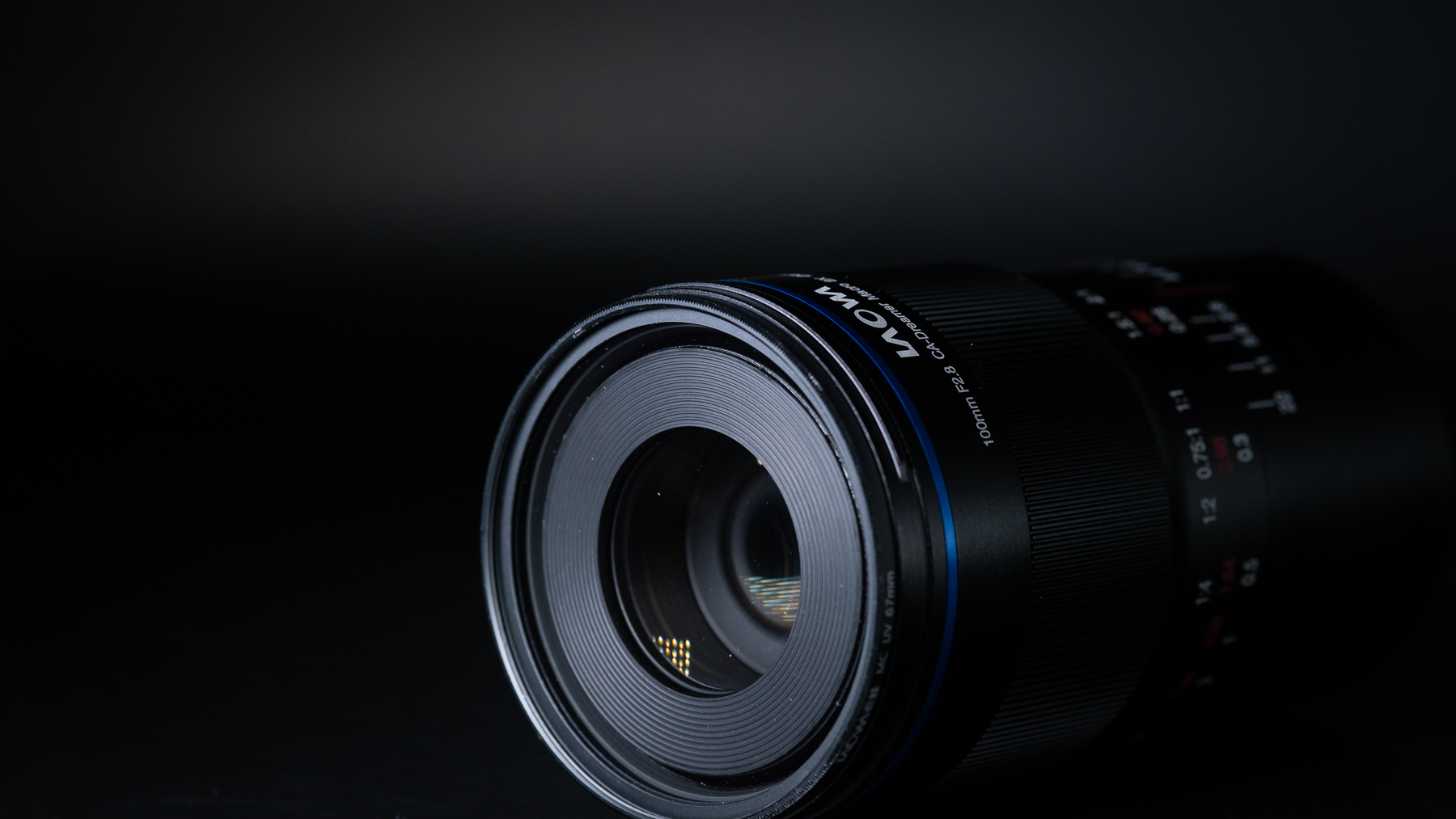
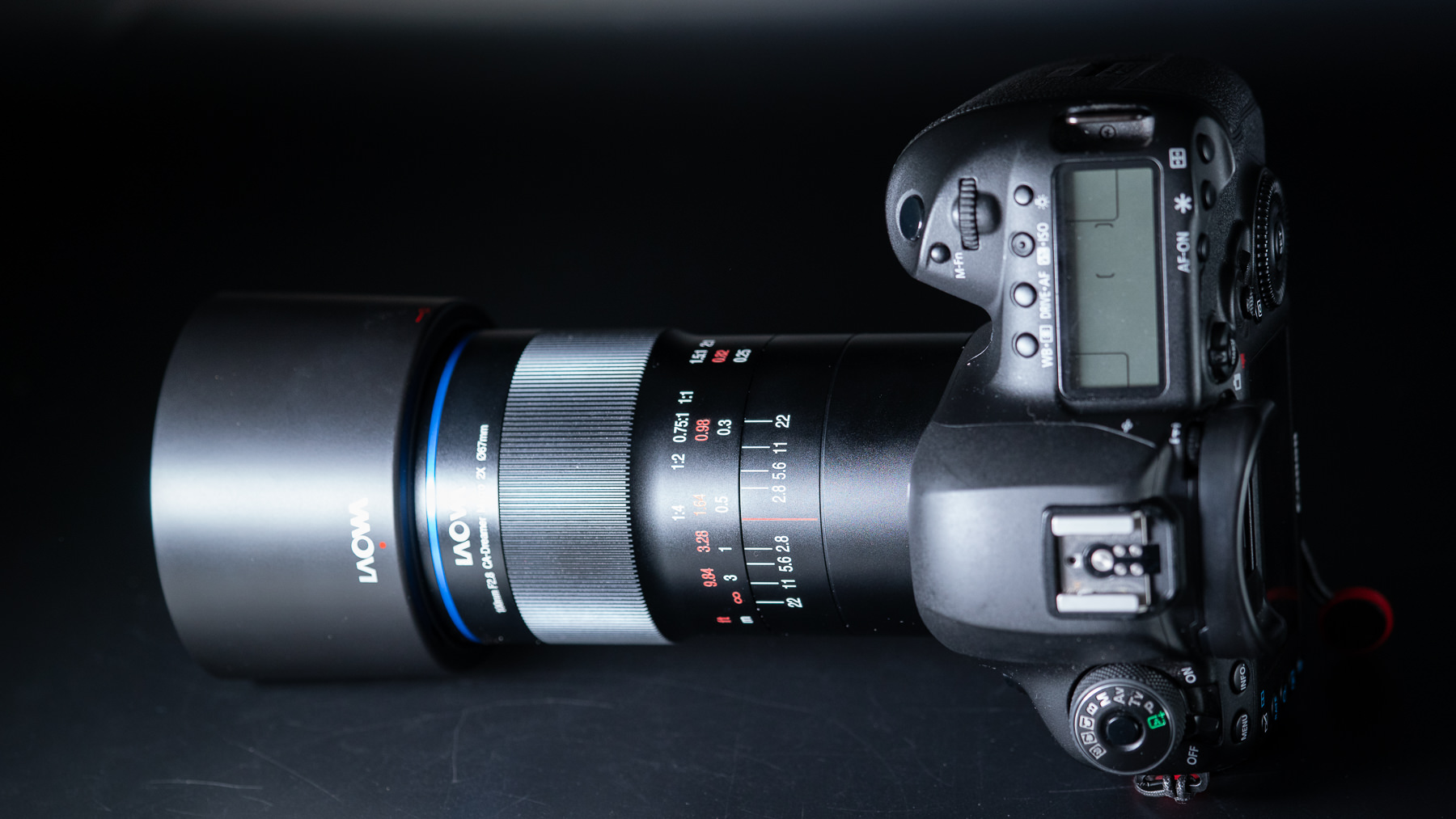
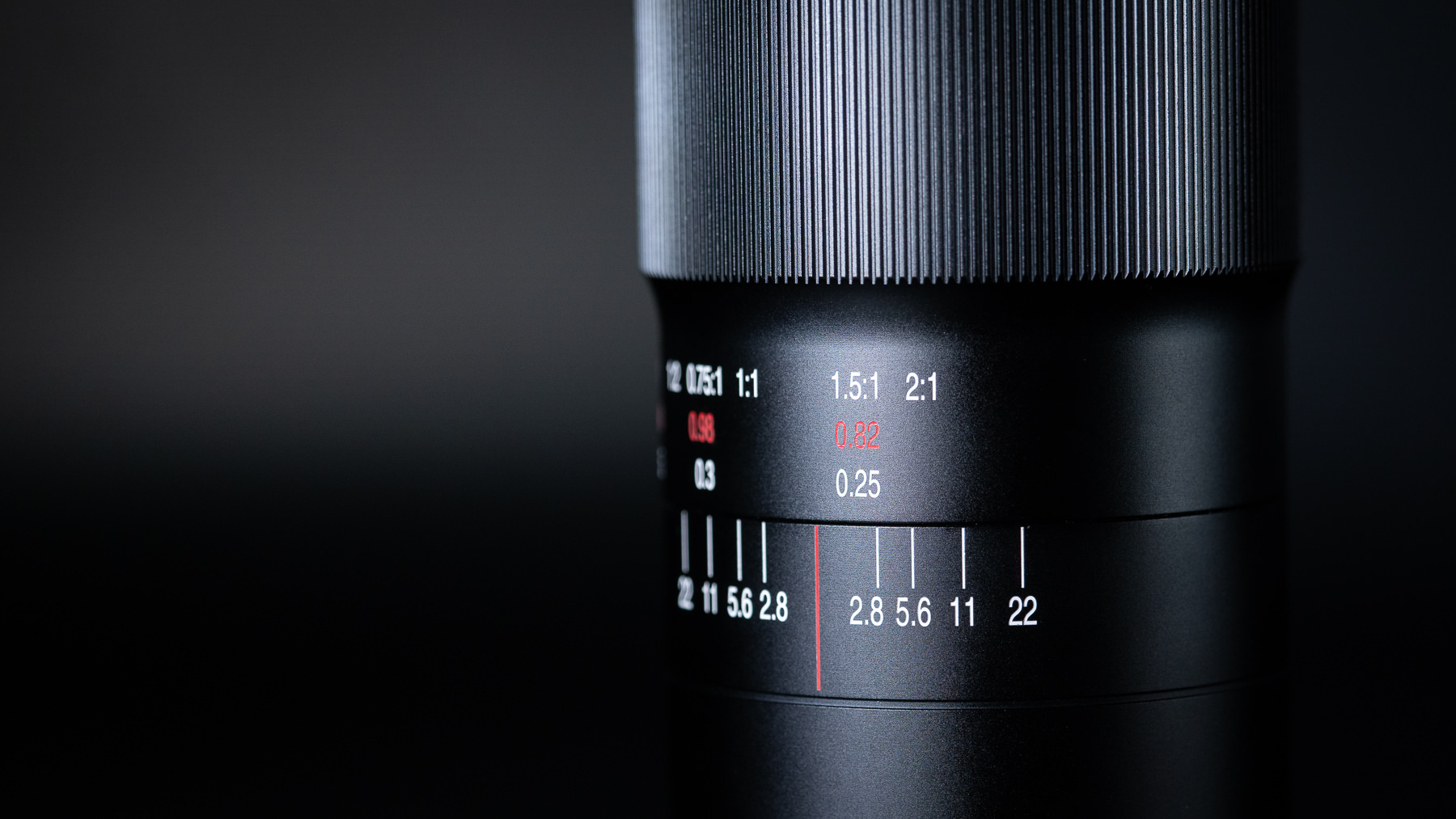
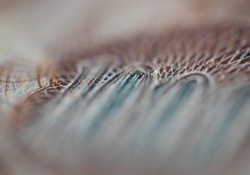
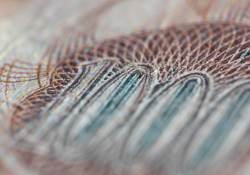
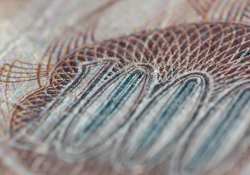
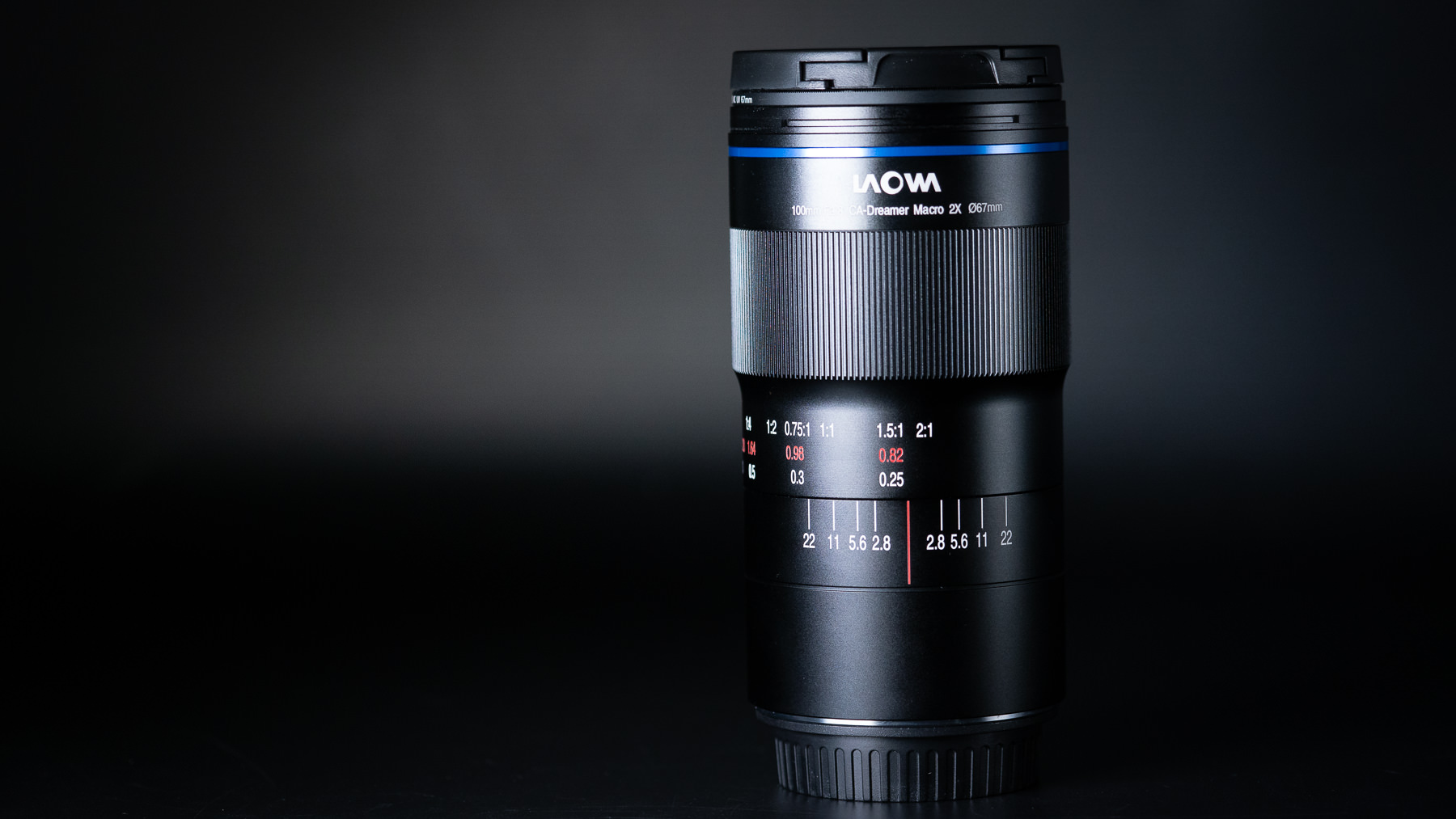
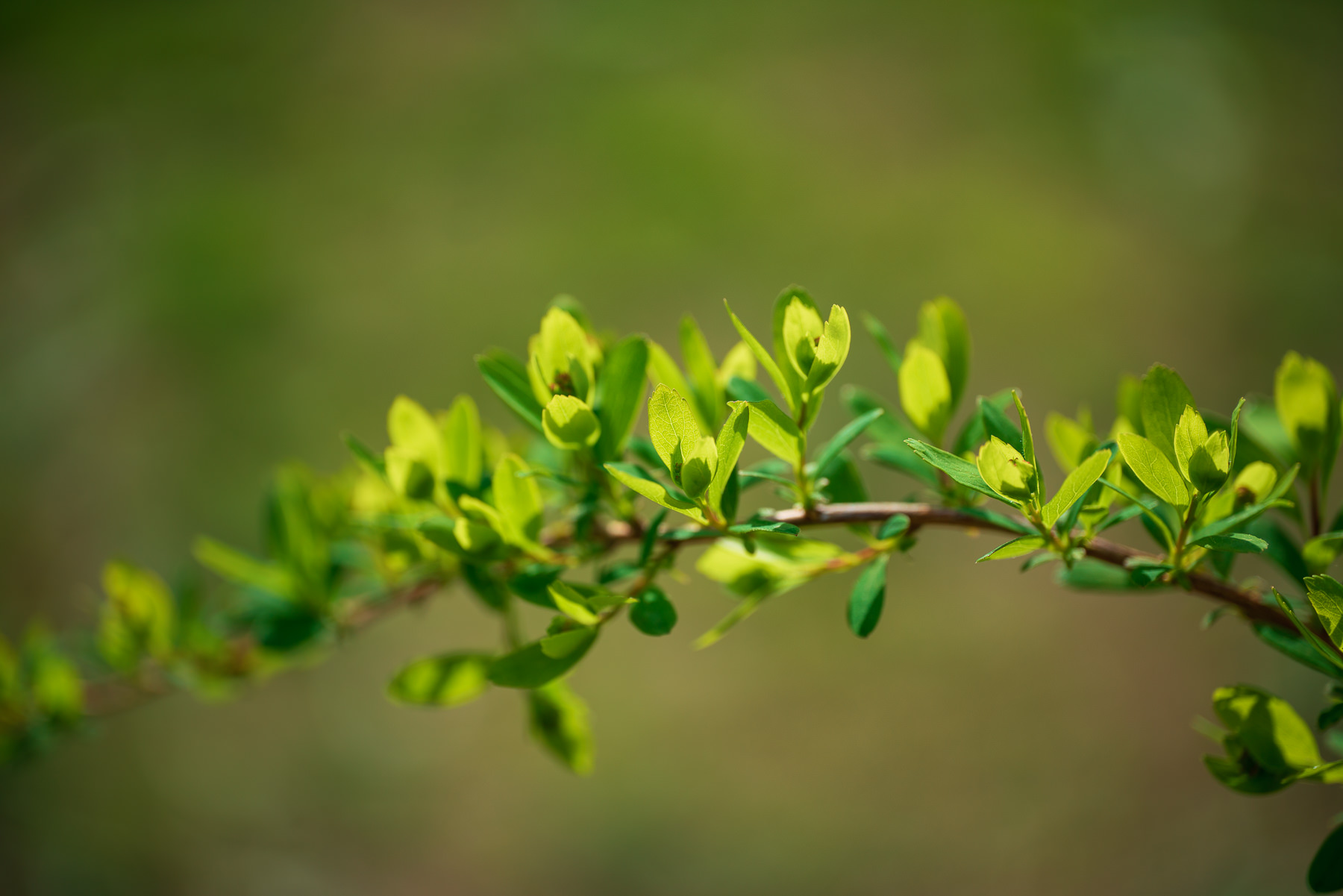
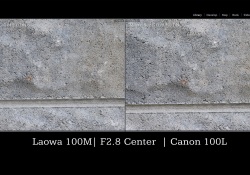





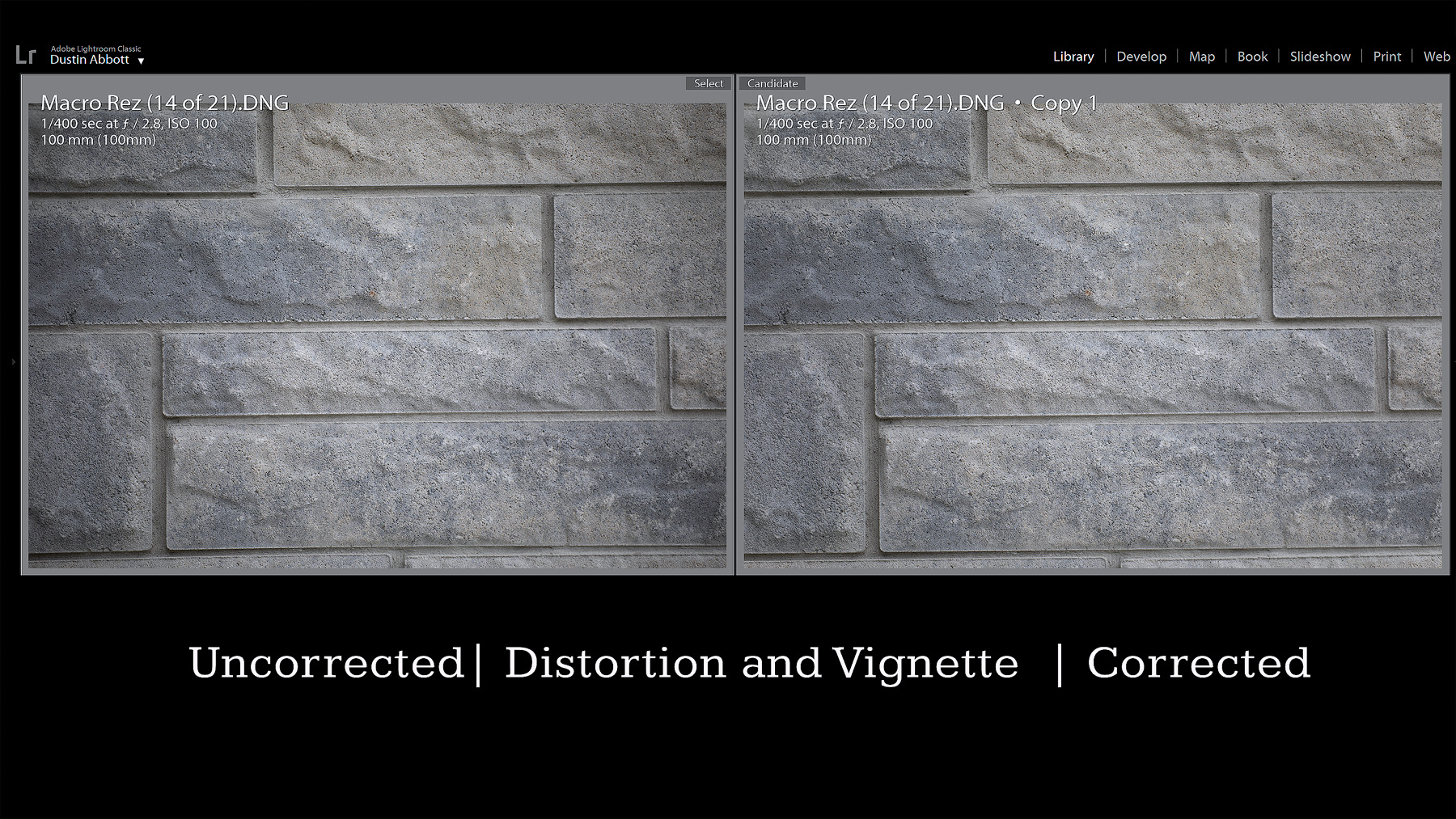

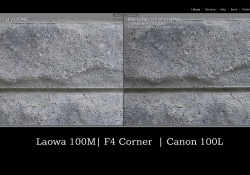
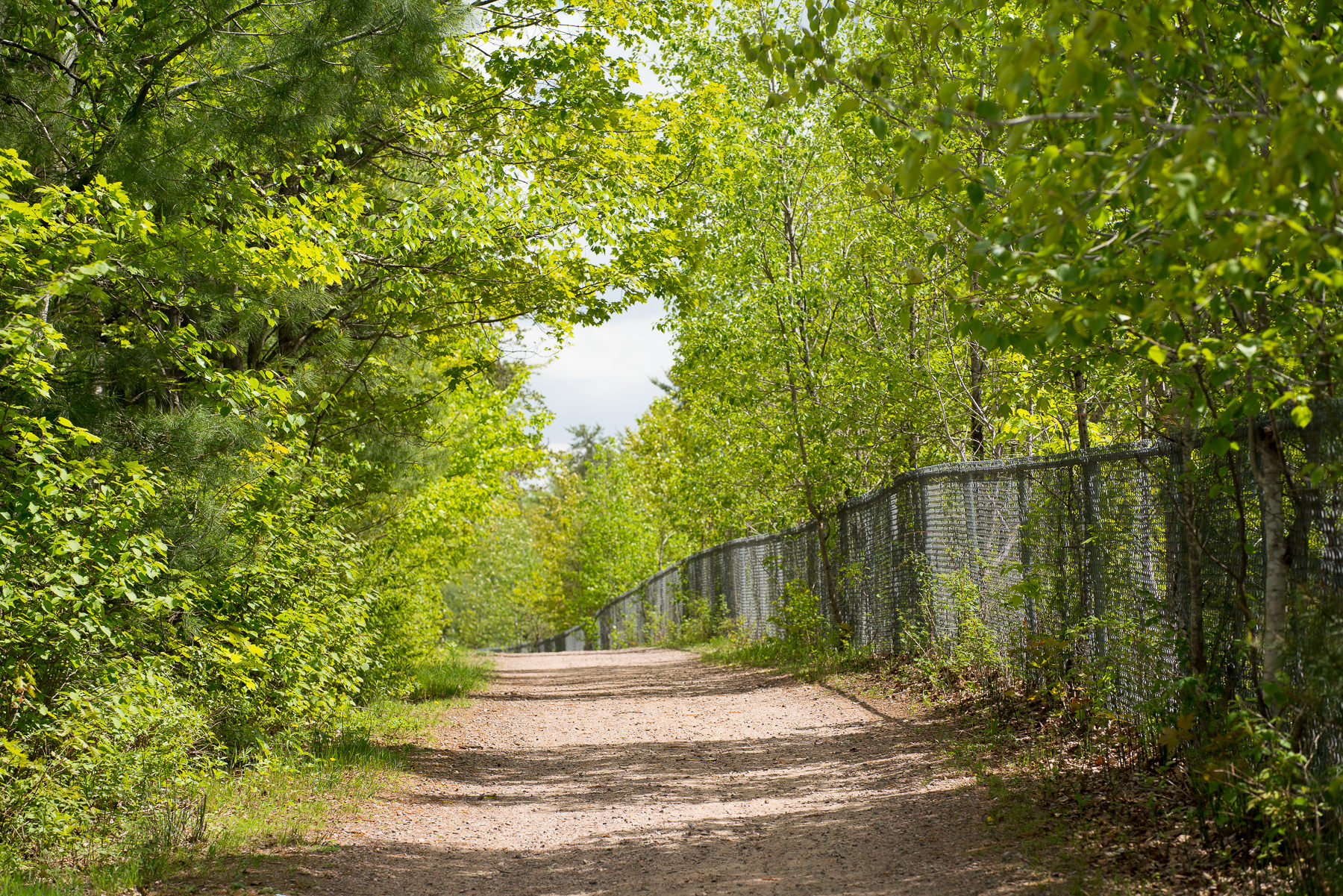
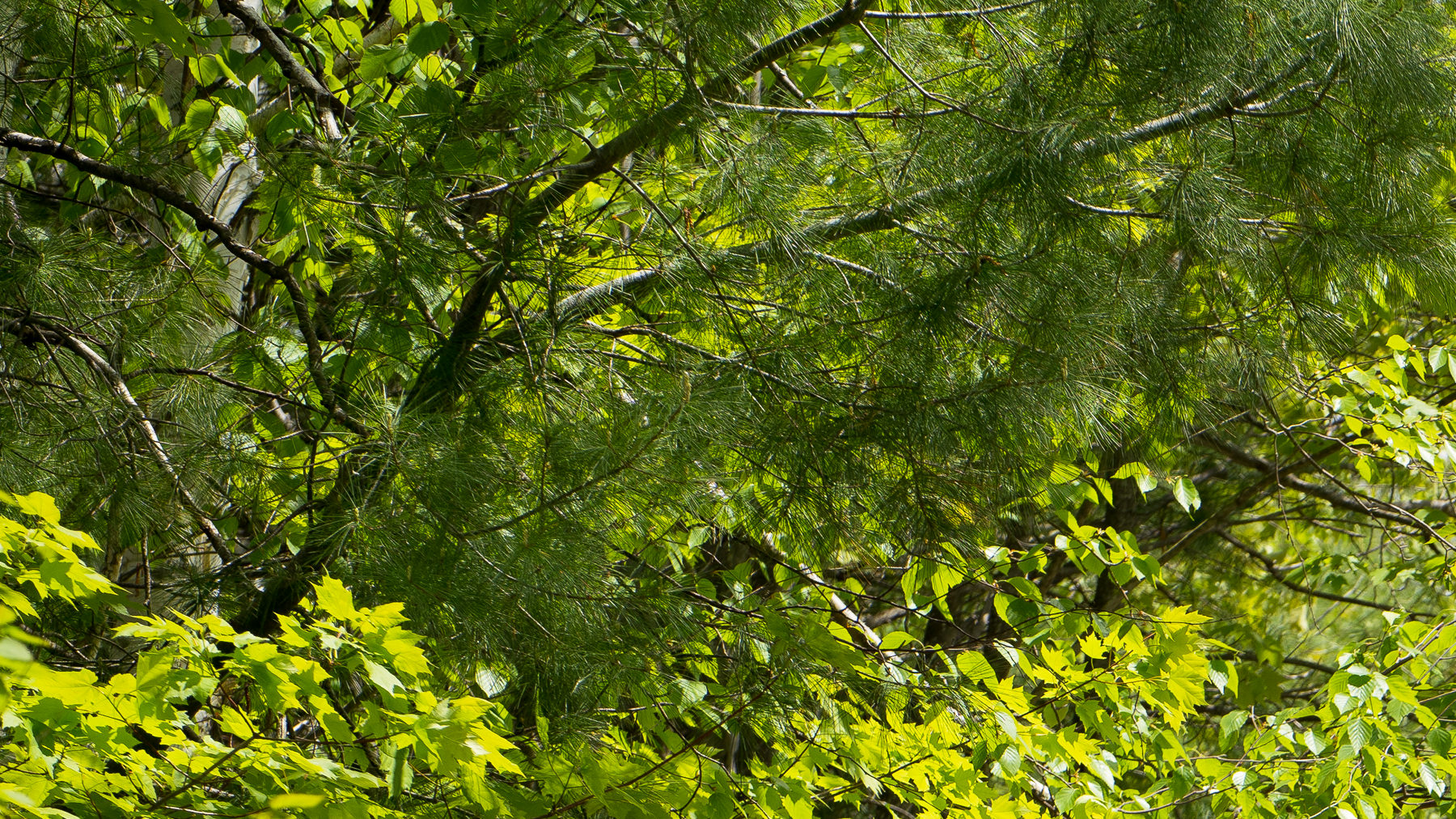

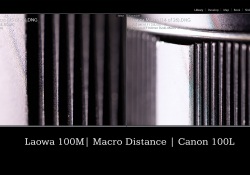
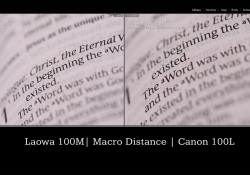
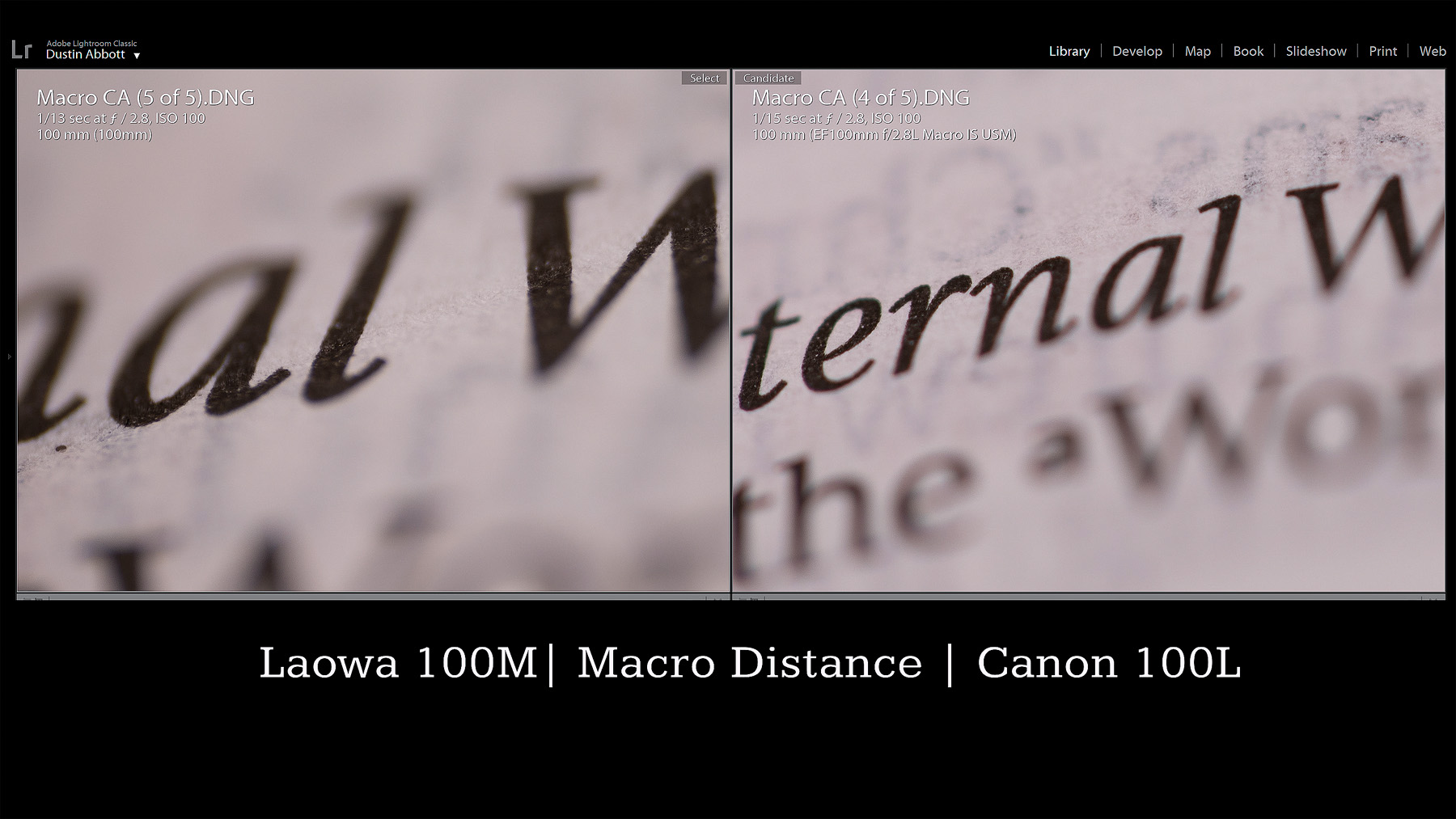
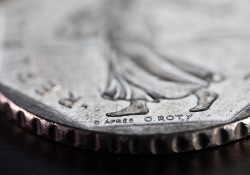





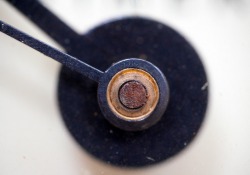


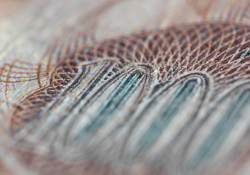
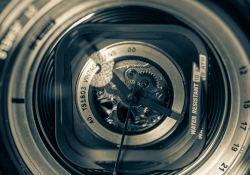

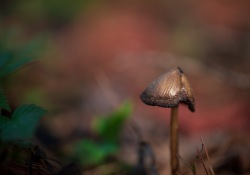

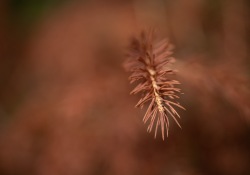


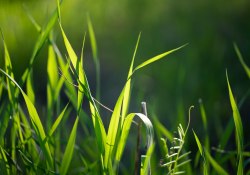
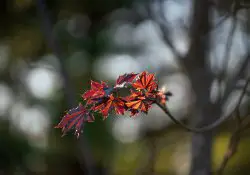
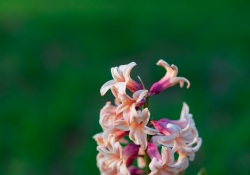




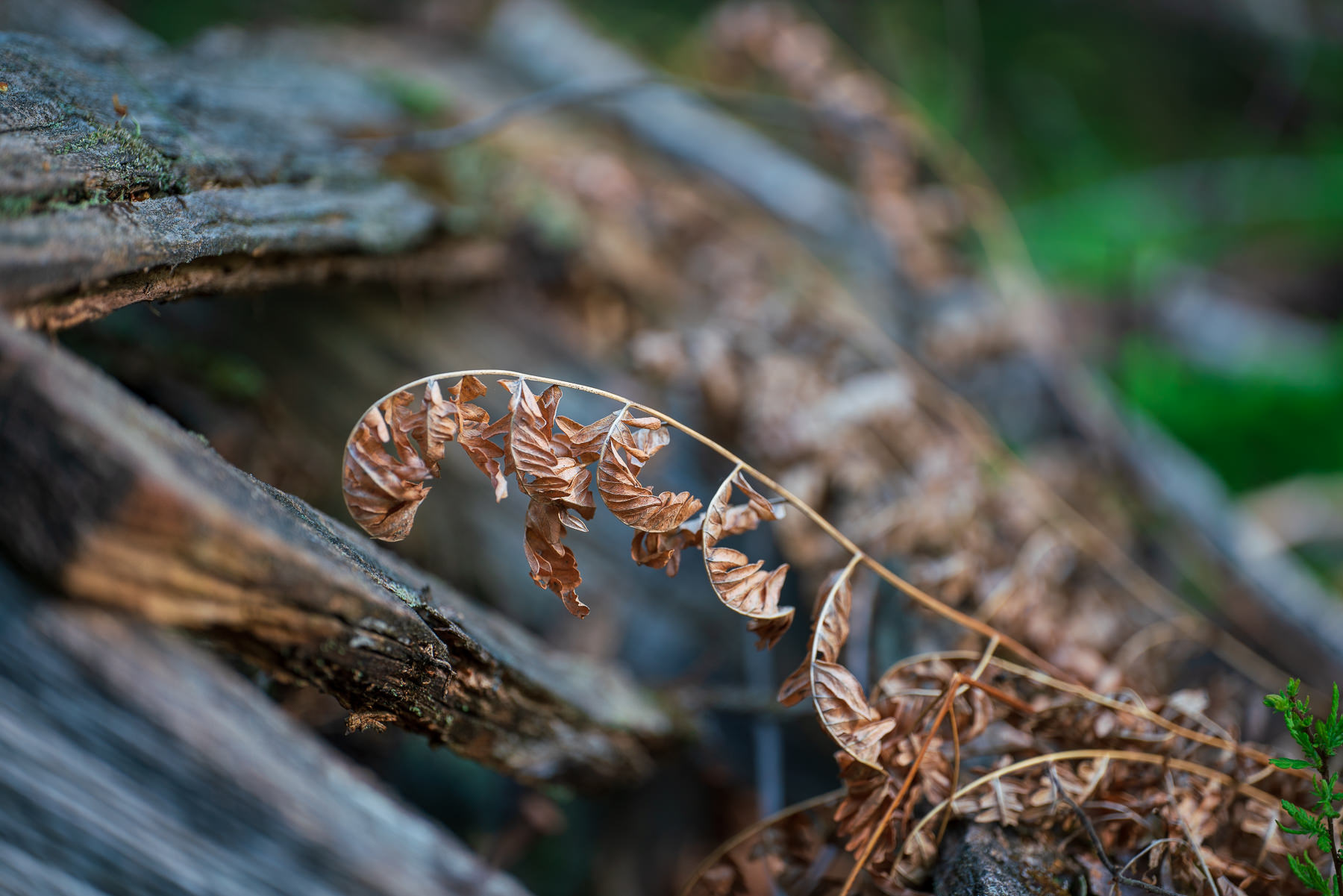
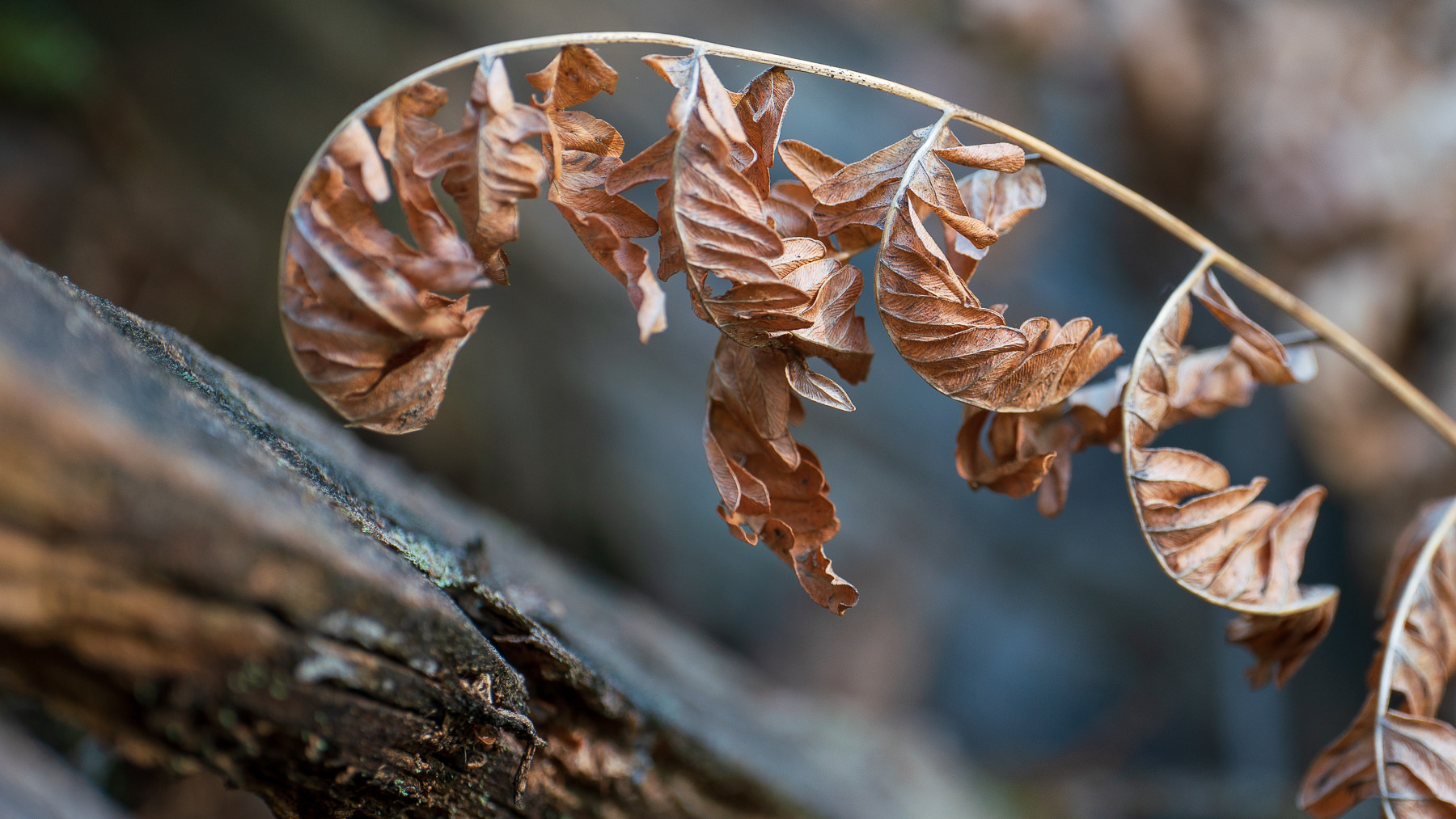



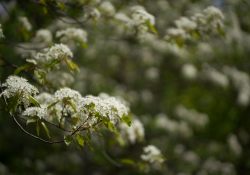
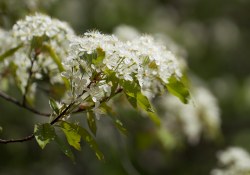
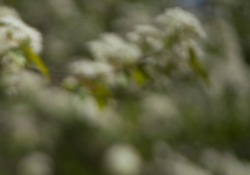
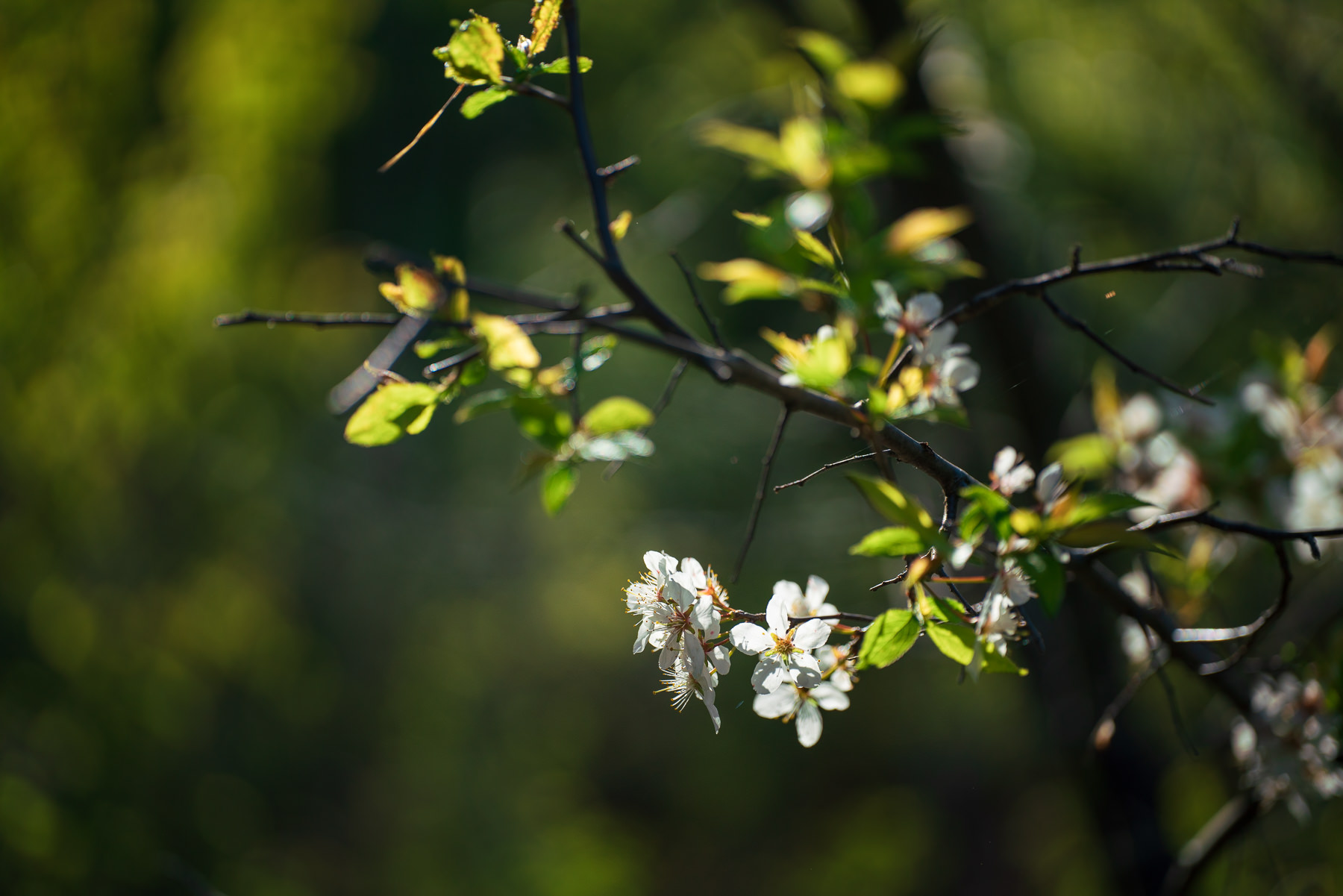

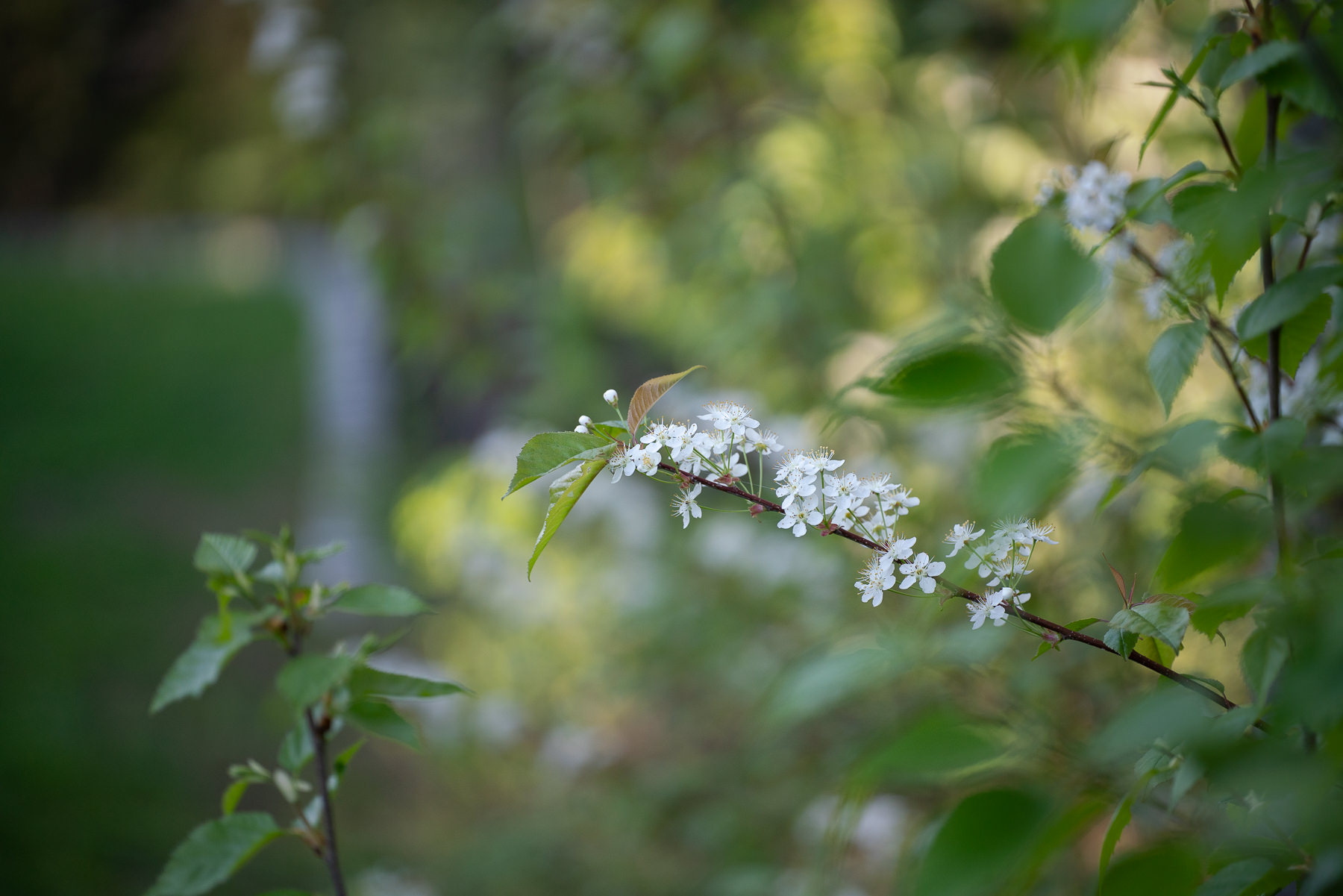

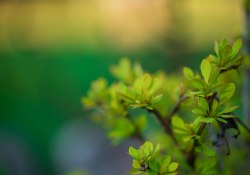
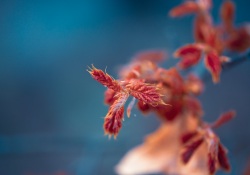
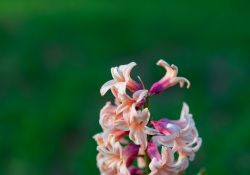
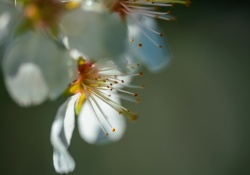


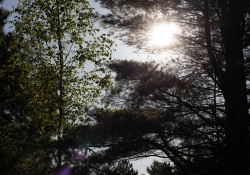



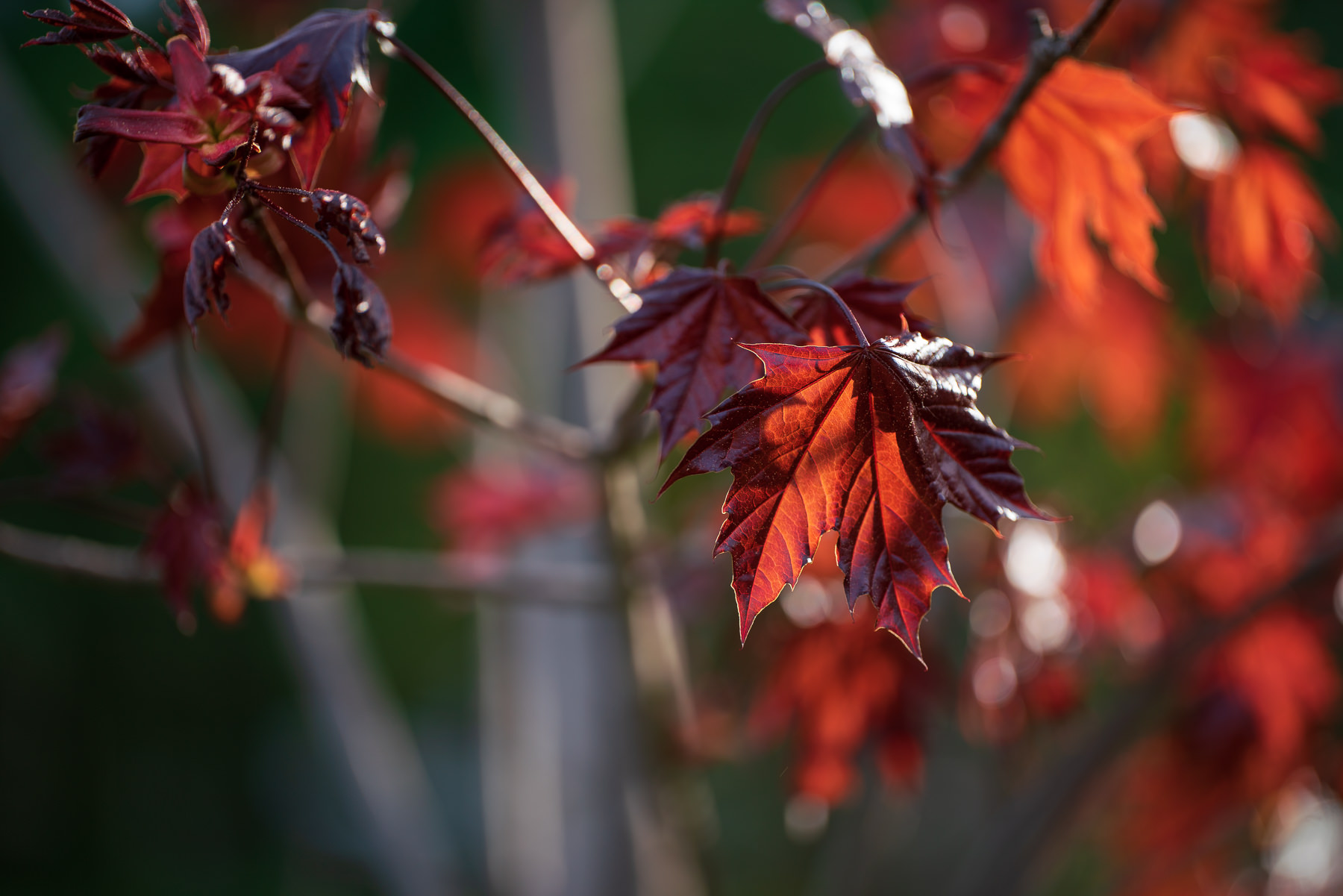
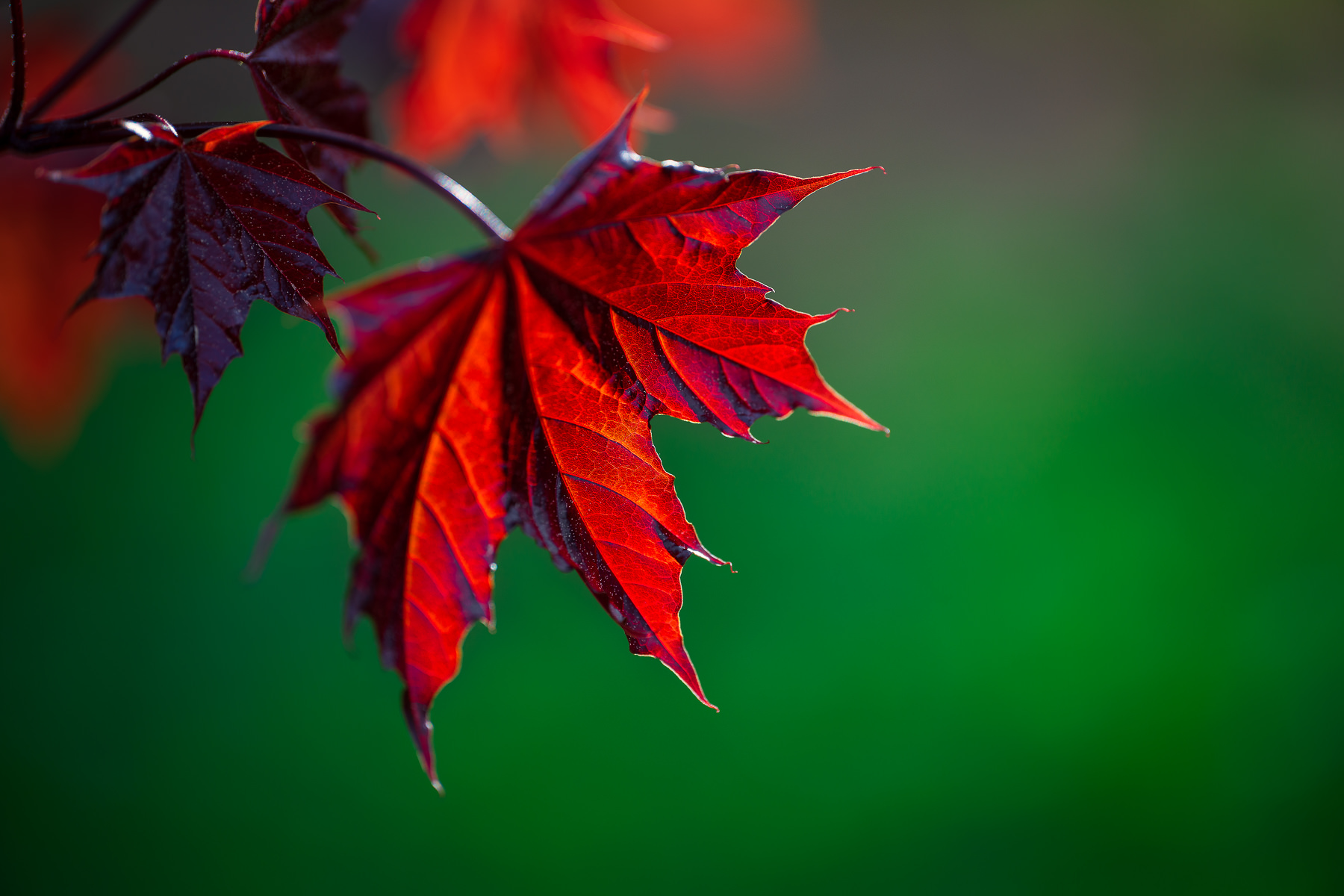













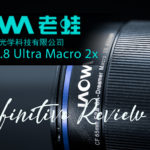


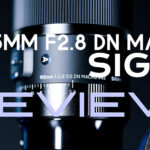

[…] I revisited the Laowa 100mm F2.8 APO 2:1 Macro because when I had initially reviewed it in 2019, my review was conducted on an EF mount lens on a Canon 5D Mark IV DSLR and was interested in how it performed in the transition to mirrorless. I did a fresh review […]